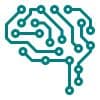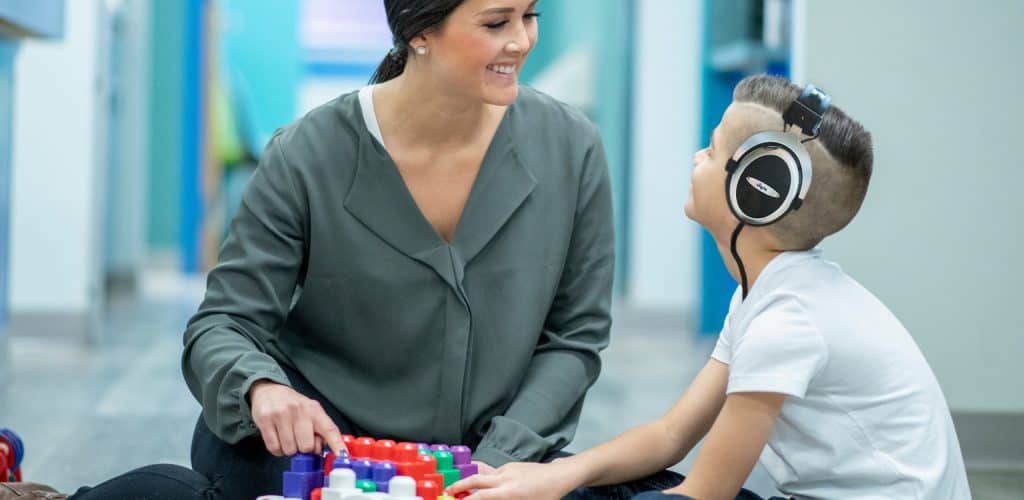Have you ever heard the saying, “Neurons that fire together wire together?” If so, you were probably sitting in a science class of some sort. Regardless, the saying relates to the concept of neuroplasticity.
Neuroplasticity is the way the brain changes throughout life to adapt, learn and recover. It describes how our experiences can reorganize and develop new neural pathways in the brain. When we learn things or memorize new information we create lasting changes in the structure of our brain.
In short, the brain is adaptable and constantly changing over time. As you read this page, your brain is changing and forming new connections!

Free download: What is Neuroplasticity?
Share with your colleagues and clients! Neuroplasticity, or the ability of the brain to change throughout life, explained visually in an infographic format.
There are two types of brain plasticity:

Structural neuroplasticity is when the brain’s structure changes because of experiences such as learning.

Functional neuroplasticity is when brain functions move from a damaged area of the brain to another, undamaged area.
3 Common Aspects of Neuroplasticity

Age and Environment
Certain types of changes happen at specific ages.

It’s Always Happening
When we learn, have new experiences, and form new memories.

Brain Plasticity Has Limitations
Unlike playdough, the brain cannot be made anew.
Exercising Your Neuroplasticity
Things like rest and exercise are known to improve overall brain function, including neuroplasticity. When we enrich our environment, we can strengthen our brain’s plasticity.
Activities that boost neuroplasticity include:
- Dancing
- Traveling
- Creating art
- Reading fiction
- Playing an instrument
- Meditation
Neuroplasticity and the Integrated Listening System
The Integrated Listening System (ILS) is built around the concept of neuroplasticity, because it uses the brain’s ability to change and adapt to help users build neurological pathways and synaptic activity at any age. Pairing therapeutic music delivered through air and bone conduction headphones with customizable movement and cognitive activities, the ILS provides additional sensory and motor input for body organization and helps improve attention, concentration and more.




 © 2025 Unyte Health US Inc.
© 2025 Unyte Health US Inc.